Complete the following reactions and explain the formation of the products.
(a)
( c) 
(d) Glacial acetic acid
( e)  .
.
Video Solution
Text Solution
(a) decomposes to and .
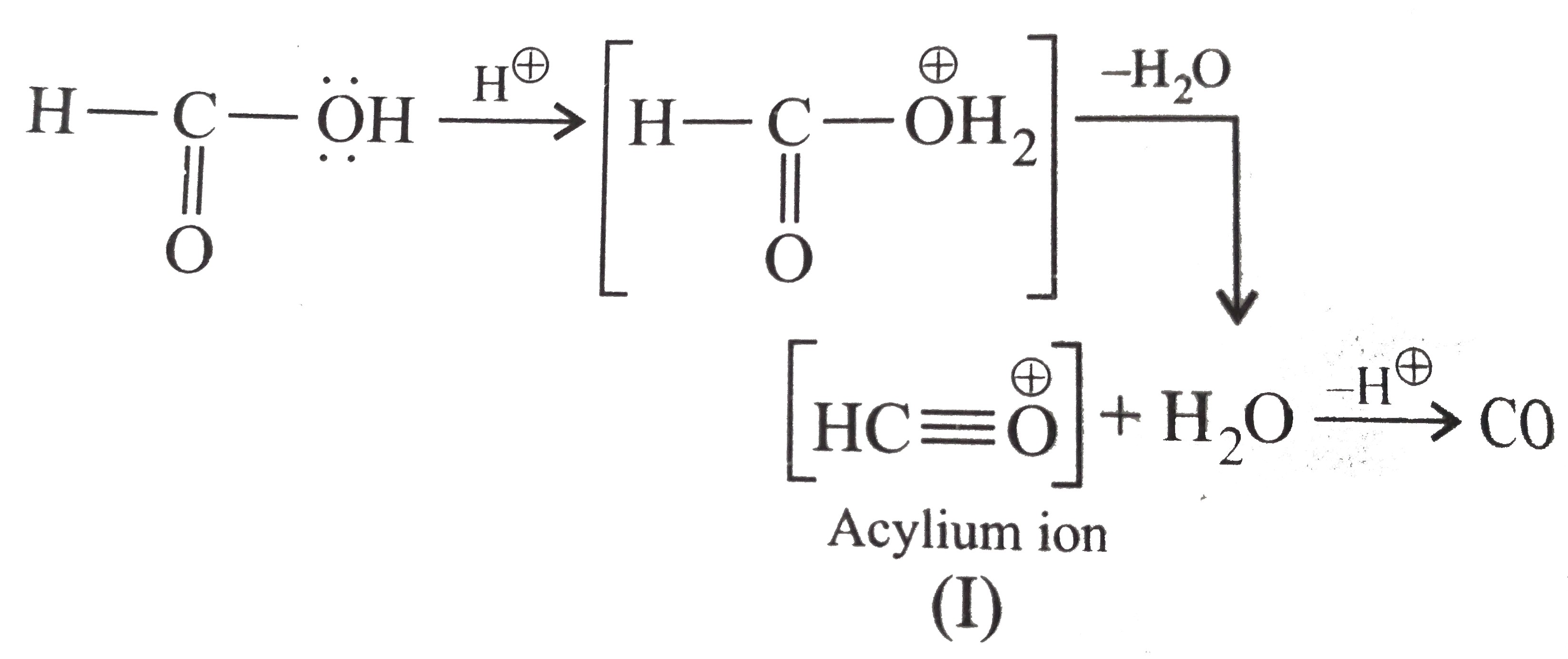
The acylium ion is a power ful acid which loses to give .
(b) does not react since the formation of acylium ion does not lose but reforms proptonated acetic acid.

( c) decomposes to .

The intermediate acylium ion loses to give stable triphenyl carbocation, which then reacts with to give .
(d) 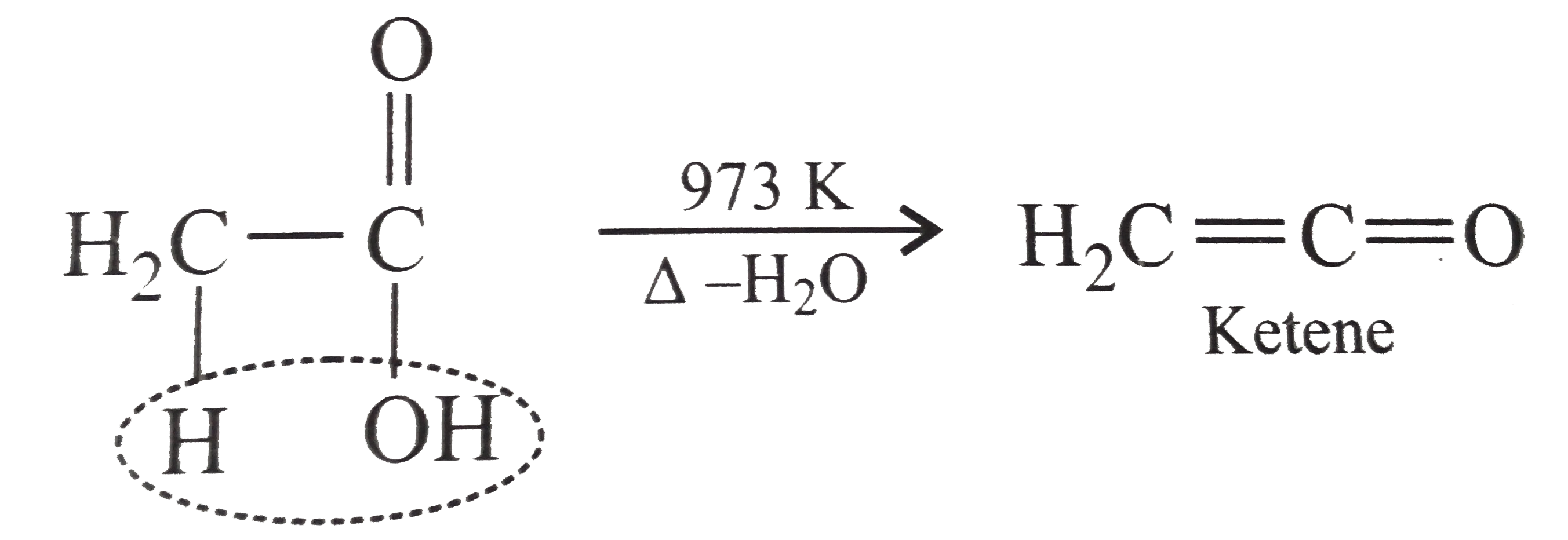
( e) If is an example of ipso substitution.

is a ring-activating substituent , an is displaced as and substituted by electrophile . Excess of further borminates the phenol to give product .
|
Topper's Solved these Questions
- CARBOXYLIC ACIDS AND THEIR DERIVATIVESBOOK - CENGAGE CHEMISTRYCHAPTER - CARBOXYLIC ACIDS AND THEIR DERIVATIVESEXERCISE - Solved Examples
17 Videos
- CARBOXYLIC ACIDS AND THEIR DERIVATIVESBOOK - CENGAGE CHEMISTRYCHAPTER - CARBOXYLIC ACIDS AND THEIR DERIVATIVESEXERCISE - Exercises (Subjective)
19 Videos
- BIOMOLECULES, POLYMERS AND CHEMISTRY IN EVERYDAY LIFEBOOK - CENGAGE CHEMISTRYCHAPTER - BIOMOLECULES, POLYMERS AND CHEMISTRY IN EVERYDAY LIFEEXERCISE - QUESTION BANK
8 Videos
- CHEMICAL KINETICSBOOK - CENGAGE CHEMISTRYCHAPTER - CHEMICAL KINETICSEXERCISE - Archives Subjective
23 Videos
Similar Questions
Knowledge Check
In the following reaction, H2SO4 acts as
HCOOHH2SO4−−−→CO+H2O.ADehydrating agentBOxidising agentCReducing agentDAll Conc.H2SO4−−−−−−−→ Major product isA
Conc.H2SO4−−−−−−−→ Major product isA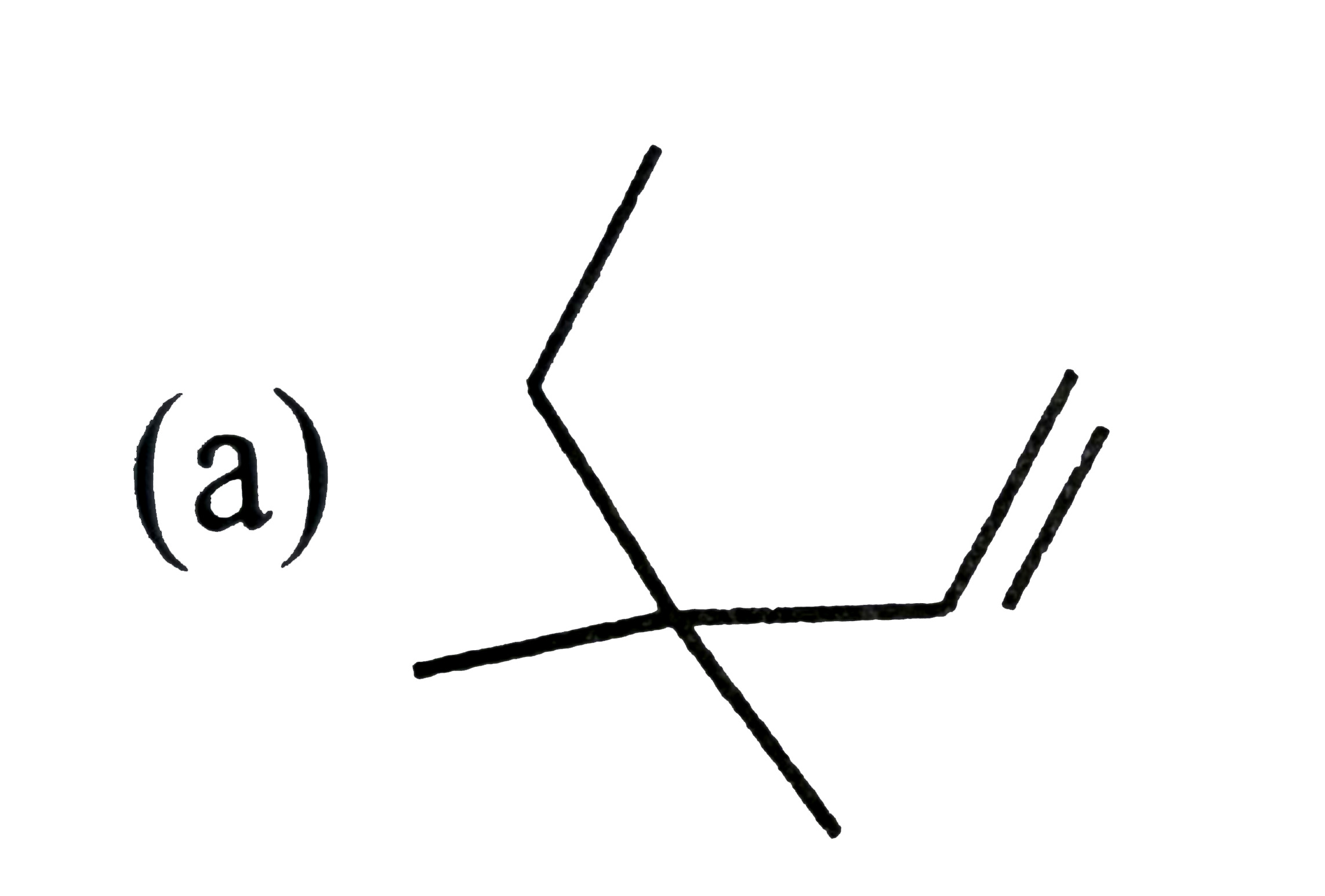 B
B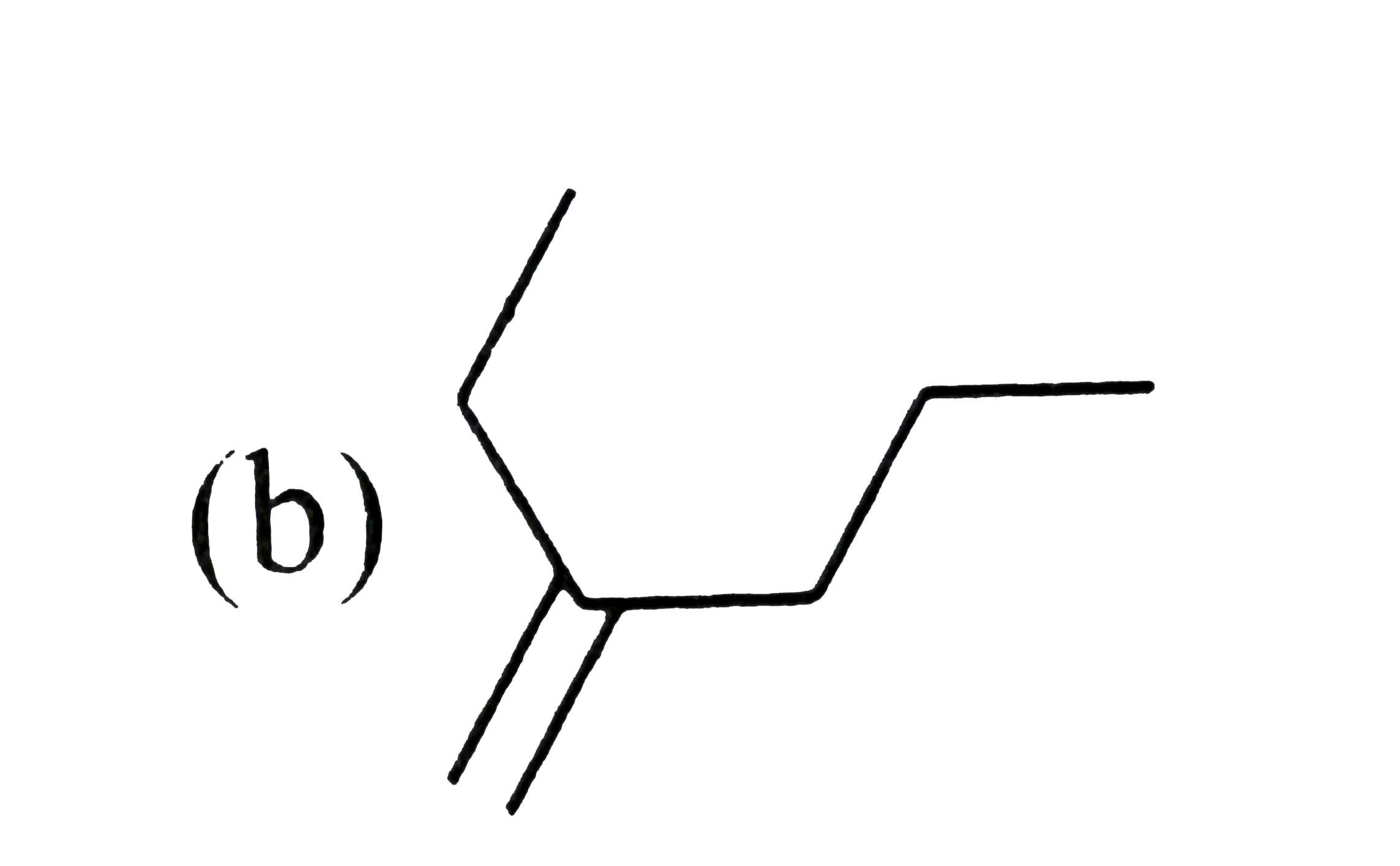 C
C D
D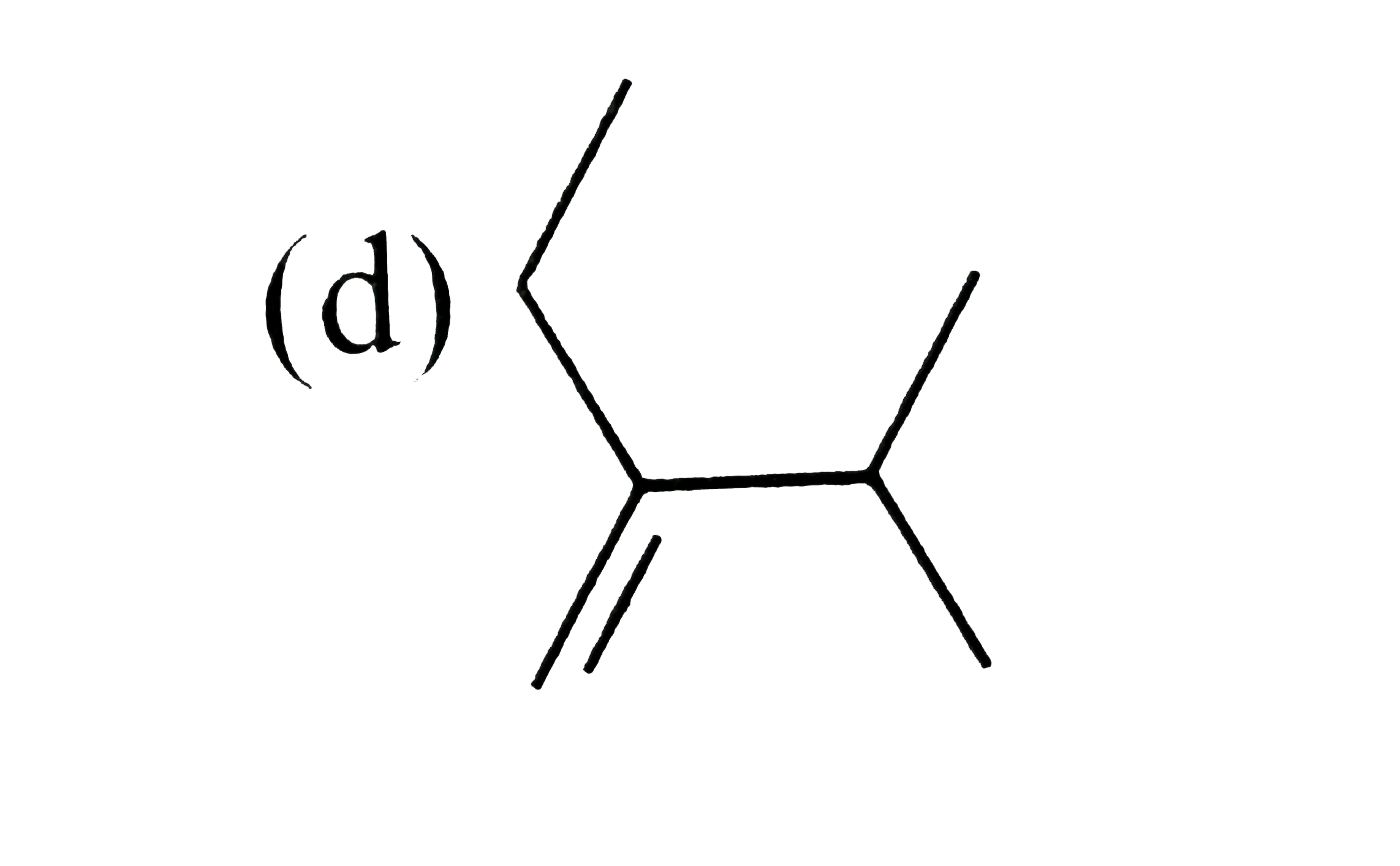
The major product formed in the reaction is :
_E01_217_Q01.png) +HNO3conc.H2SO4−−−−−−→A
+HNO3conc.H2SO4−−−−−−→A_E01_217_O01.png) B
B_E01_217_O02.png) C
C_E01_217_O03.png) D
D_E01_217_O04.png)

Conc. H2SO4−−−−−−−−→BO3/H2O/Zn−−−−−−−→C. A, B and C are -
View SolutionComplete the following chemical equations :
(i) CH3COOC2H5+NaOH→
(ii) CH3COOH+NaOH→
(iii) C2H5OH+CH3COOHConc. H2SO4−−−−−−−−→
View SolutionComplete the following with appropriate structures :
(CH3CO)2OC2H4OH−−−−→CH3COOH+?.
View SolutionComplete the following chemical equations :
CH3COOH+C2H5OHConc.H2SO4−−−−−−−→
View SolutionThe main product of the following reaction is C6H5CH2CH(OH)CH(CH3)2conc.H2SO4−−−−−−−→?
View Solution

_S01_475_Q01.png)